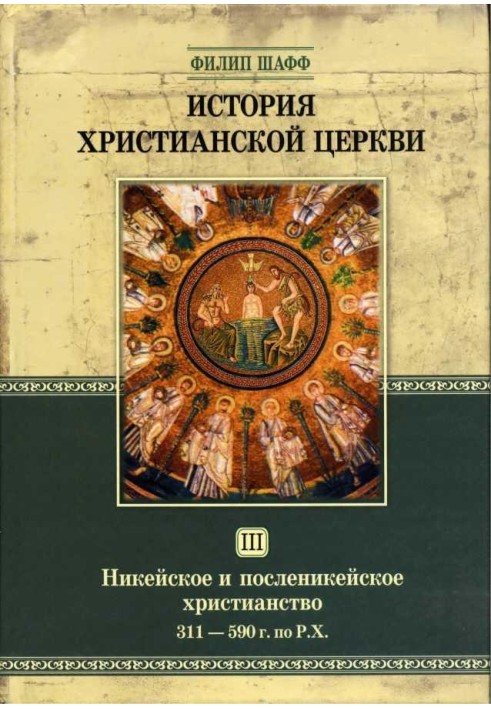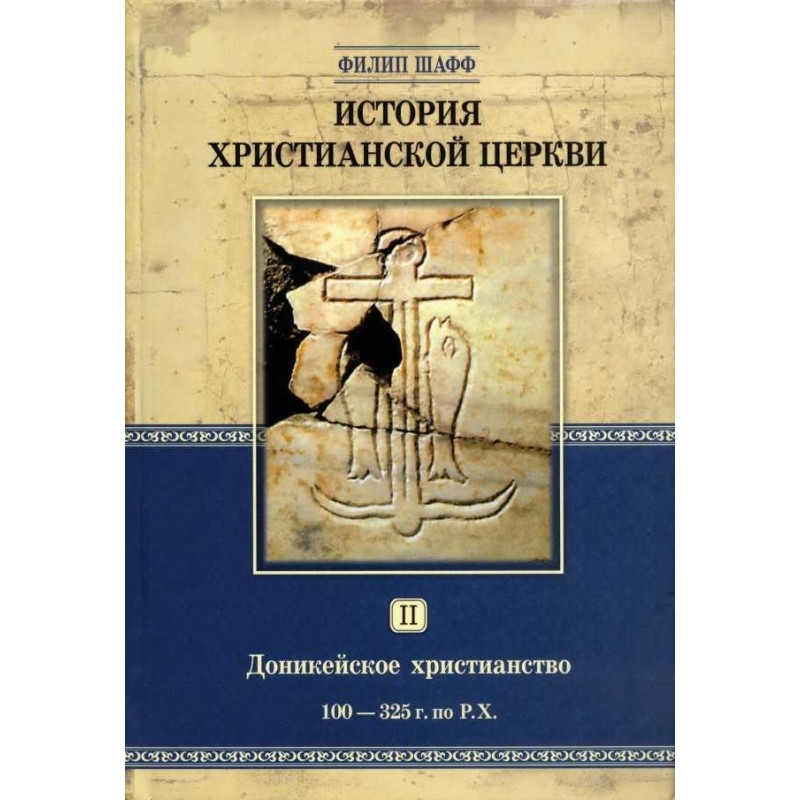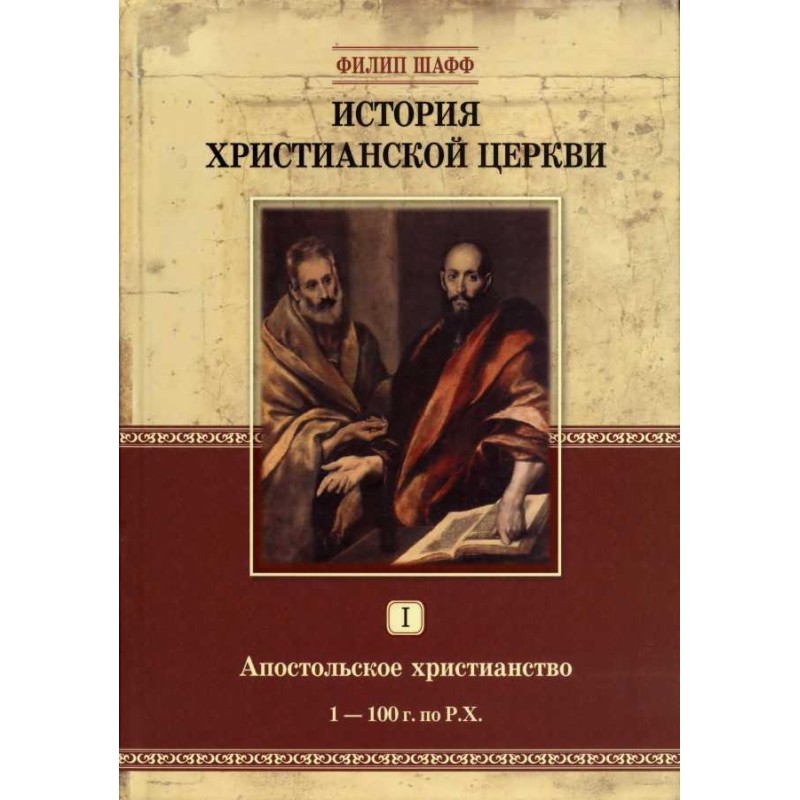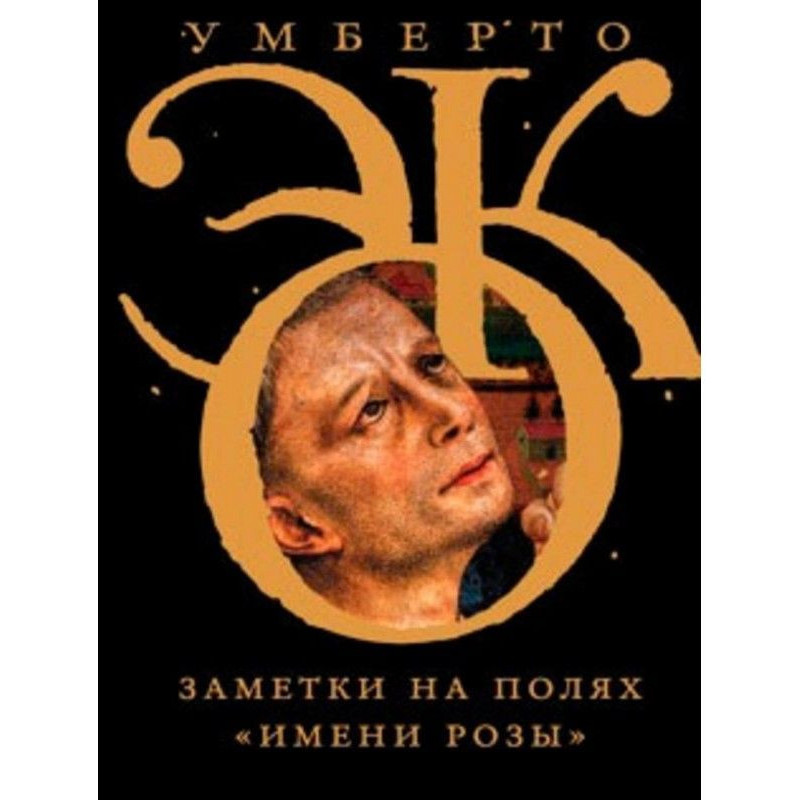Nicene and post-Nicene Christianity. From Constantine the Great to Gregory the Great (311 - 590 AD)
 Instant download
Instant download
after payment (24/7)
 Wide range of formats
Wide range of formats
(for all gadgets)
 Full book
Full book
(including for Apple and Android)
The reign of Constantine the Great is marked by the transition of the Christian religion from persecution by the secular government to an alliance with the latter. Greco-Roman paganism, the most developed and powerful system of idolatry known to history, after three hundred years of struggle succumbs to Christianity and dies of an incurable disease, admitting: “You have won, Galilean!” The ruler of the civilized world places his crown at the feet of the crucified Jesus of Nazareth. The successor of Nero, Domitian and Diocletian appears in imperial purple at the Council of Nicaea as the defender of the church and takes his gilded throne at the nod of the bishops, who still bear the scars of persecution. The despised sect, which, like its Founder in the days of His humiliation, had nowhere to lay its head, ascends to the highest state power, begins to enjoy the prerogatives of the pagan priesthood, becomes rich and powerful, builds from the stones of pagan temples countless churches in honor of Christ and the martyrs, uses the wisdom of Greece and Rome, to justify the folly of the cross, shapes civil laws, governs national life and the history of the world. But at the same time, the church, which absorbed the majority of the population of the empire, from Caesar to the last slave, and found itself surrounded by all imperial institutions and institutions, adopted a lot of material alien to it, worldly and pagan, exposed itself to new dangers, doomed itself to new and hard work.
Data sheet
- Name of the Author
- Филип Шафф
- Language
- Ukrainian
- Release date
- 2007
- Translator
- Ο. Α. Рыбакова
Reviews
Глибоке дослідження еволюції християнства
Книга "Нікейське та післянікейське християнство" є вражаючим дослідженням періоду, коли християнство переходило від статусу переслідуваної релігії до домінуючої сили в Римській імперії. Автор майстерно описує, як правління Костянтина Великого змінило хід історії, перетворивши християнство на основну релігію держави. Ця книга не лише розкриває політичні та соціальні аспекти цього переходу, але й порушує питання про те, як церква, прийнявши світську владу, почала адаптуватися до язичницьких традицій, що в свою чергу призвело до нових викликів і небезпек. Читання цієї книги дозволяє заглибитися в складні відносини між церквою та державою, а також зрозуміти, як ці зміни вплинули на розвиток християнства в наступні століття. Хоча текст перекладено за допомогою штучного інтелекту, і в ньому можуть бути деякі недоліки, загальна якість перекладу не заважає сприйняттю глибини та важливості матеріалу. Рекомендую цю книгу всім, хто цікавиться історією релігії та її впливом на цивілізацію.

















